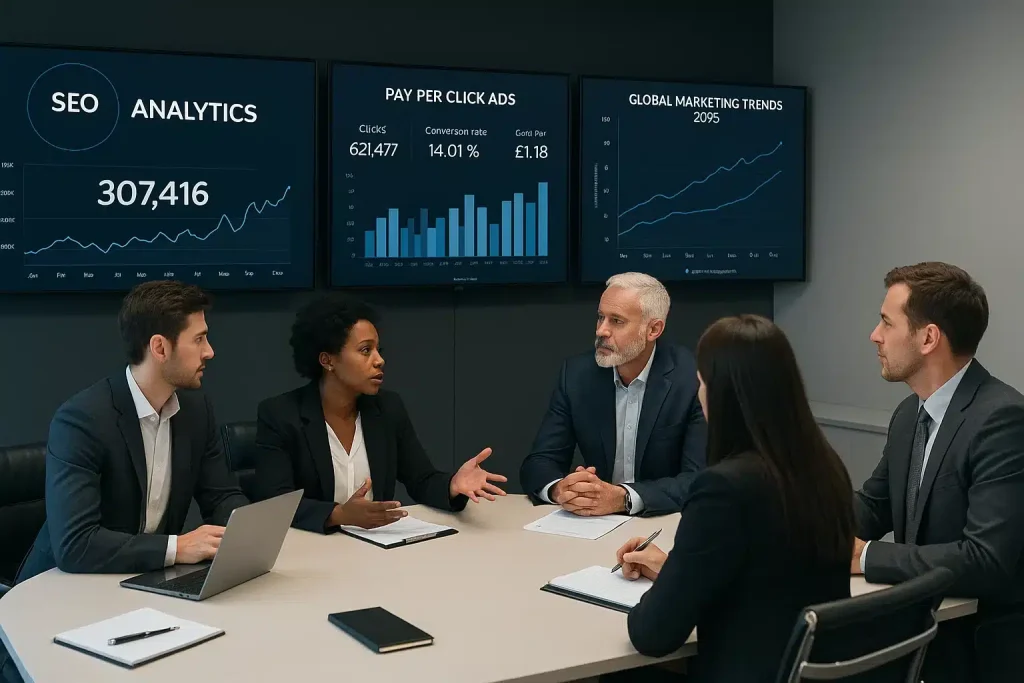Marketing is moving faster than ever and marketing trends 2025 are reshaping how businesses approach both SEO and PPC. Search engines are becoming smarter, consumers expect more personalised experiences and AI is now embedded in almost every aspect of digital marketing. What worked a year ago is no longer guaranteed to deliver results today, making adaptability essential for anyone running campaigns online.
From the dominance of video content and the rise of social commerce to the growing importance of sustainability and ethical considerations, today’s trends are rewriting the rules of visibility. SEO is no longer just about ranking for keywords, while PPC has moved beyond quick wins. This blog explores how these shifts are influencing both channels and what businesses need to do to keep ahead of competitors in 2025.
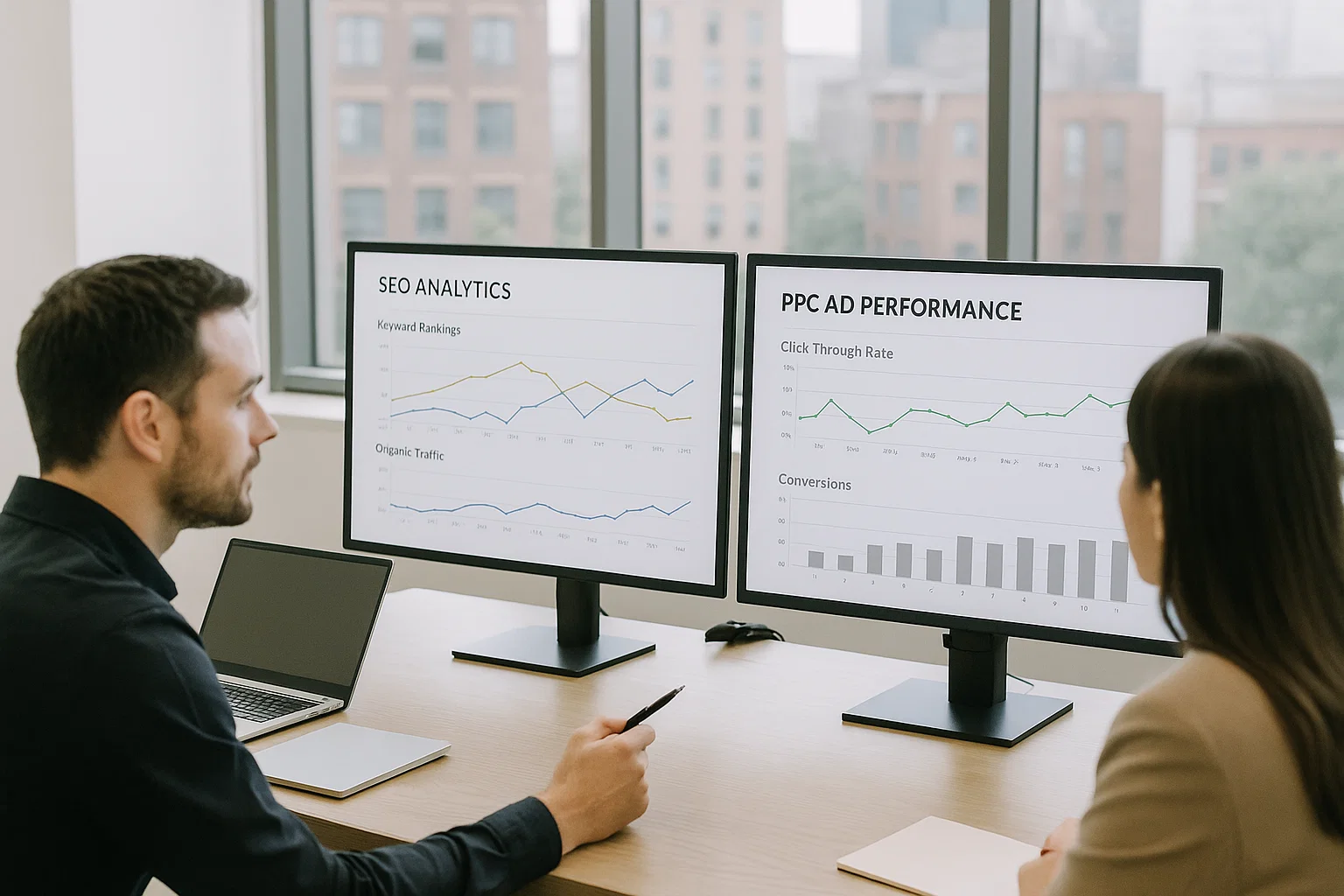
Why SEO and PPC Are Evolving Together
The way businesses reach people online has changed dramatically, marketing trends 2025 are showing that SEO and PPC are now more connected than ever. In the past, search engine optimisation was seen as the long game, while pay-per-click campaigns were used for fast wins. Today, however, both work best when they are combined.
Search engines are no longer only ranking web pages on keywords. They now reward relevant content, strong customer interactions and even brand reputation. PPC has shifted too, with marketing campaigns becoming smarter, more targeted and powered by AI. These shifts mean the line between organic and paid is thinner than ever, leaving businesses that treat them as separate to often miss opportunities.
For modern companies, especially those in competitive industries, an integrated SEO strategy supported by PPC isn’t optional, it’s essential for keeping visibility across search results and adapting to changing consumer expectations. To see how this balance plays out in practice, our blog on SEO vs PPC in Manchester explores which strategy delivers the best results for local businesses.
AI-Powered Marketing and Its Impact on SEO & PPC
Artificial intelligence is shaping every part of digital marketing. From keyword research to automated marketing campaigns, AI is everywhere. SEO professionals now use AI for content briefs, analysing user behaviour and predicting future search intent. PPC managers rely on AI bidding models to decide the best time and place to display ads.
AI doesn’t just save time, it allows businesses to take a data driven approach to marketing by using large volumes of customer data to understand audiences better. You can see this approach in action in our post on the real ROI of free LinkedIn marketing, where we show how small businesses use platform algorithms to grow organically without paid ads.
There are drawbacks too. AI generated content can sometimes lack depth and without human insight, it may miss emotional connections with a target audience. The best results in 2025 come from balancing automation with creativity, ensuring that campaigns are both efficient and authentic.

The Rise of AI Influencers vs Human Influencers
Influencers have been shaping marketing strategies for years, but 2025 has introduced a new layer: AI influencers. These digital personalities can be customised to reflect a brand’s core values and deliver perfectly polished content. They don’t get tired, don’t miss deadlines and never post off-message content.
From an SEO perspective, traditional influencers remain valuable. Their blogs, social posts and collaborations create user generated content, which drives backlinks and improves brand visibility in search results. For PPC, influencer content feeds seamlessly into video ads across YouTube, TikTok and Instagram.
However, consumers increasingly expect authenticity. Customer feedback shows that while AI influencers might be entertaining, people still trust real individuals more. The emotional connection of a human influencer helps build stronger customer relationships, something that AI cannot yet replicate. For many brands, the winning formula is a mix of both: AI for reach and efficiency, humans for trust and engagement.
Social Commerce and the Video-First Revolution
One of the most striking marketing trends 2025 is the rise of social commerce. Platforms like TikTok Shop and Instagram Shopping are now mainstream. Users discover products in video content, engage with them instantly and make purchases without ever leaving the platform.
This has changed search behaviour too. After watching a product demo, many people head to Google to compare reviews, prices and alternatives. That means businesses must optimise their SEO to capture this traffic. We break down how SEO and social platforms now overlap more than ever in our blog on SEO vs Social Media.
For PPC, the opportunities are equally strong. Brands can retarget users who viewed influencer streams or run marketing campaigns directly during livestream events. A business that combines social commerce with paid advertising gains a competitive advantage by capturing audiences at the exact moment of intent.
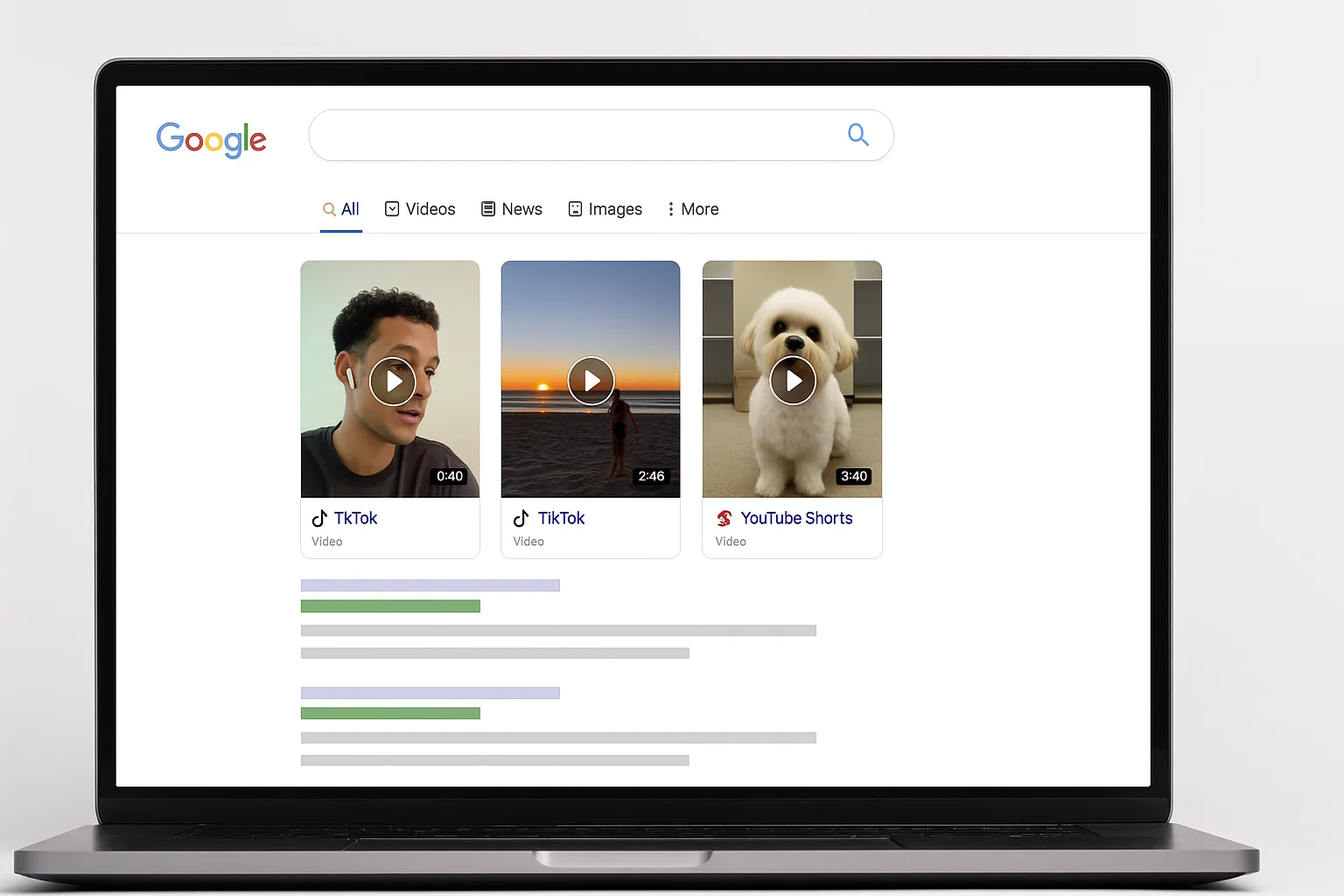
Video Marketing and Search Integration
Video has moved from being a nice-to-have to a must-have. Google now integrates TikTok, YouTube Shorts and Instagram Reels into its search results, meaning brands can rank not just with blog posts but also with well-optimised video content. Adding transcripts, keyword-rich descriptions and high-quality titles is crucial for SEO visibility.
On the PPC side, video dominates. YouTube Ads and TikTok Ads often outperform static campaigns because they create emotional impact. Livestream PPC formats are also growing, giving brands the ability to interact with viewers in real time.
What’s more, mobile-first behaviour means most users search and watch content on their phones. Optimising video for mobile devices is essential, not only for search ranking but also for keeping engagement high across paid placements.
Privacy, First-Party Data and the Cookieless Future
The cookieless era is one of the most significant shifts in marketing technology. For SEO, it puts the focus back on providing useful, relevant content that answers queries and delivers genuine value. Sites that prioritise structured data and user-friendly layouts are more likely to rank well in search engines.
For PPC, the loss of third-party cookies has pushed marketers towards first-party solutions. Collecting customer data responsibly is now a top priority. Businesses that encourage sign-ups, newsletters and loyalty programmes gain the insights needed for precise targeting. This transparent approach not only maintains compliance but also strengthens customer relationships.
Brands that fail to adapt risk being left behind. In 2025, success belongs to those who use their customer interactions to build trust while still running effective, data-driven marketing campaigns.

Controversial Campaigns, Virality and Brand Reputation
Brands pushing boundaries for attention isn’t new, but in 2025 the stakes are higher. Risky marketing campaigns can generate massive exposure but also trigger backlash. When Swatch faced criticism for an ad seen as racially insensitive, it highlighted how quickly mistakes spread online.
From an SEO perspective, these incidents often dominate branded search results. Negative articles and critical customer feedback can outrank official websites if not managed. PPC provides a way to counter this by running ads on brand-related searches, ensuring positive stories appear prominently.
For businesses the lesson is clear, bold campaigns must balance creativity with ethical considerations. Audiences are quick to hold brands accountable and reputation management is now an essential part of both SEO and PPC.
Sustainability and Ethical Marketing as Ranking Signals
Consumers increasingly expect brands to align with core values such as sustainability and social responsibility. This isn’t just a PR move, it’s driving SEO and PPC performance. Searches for “eco-friendly” and “sustainable” terms are rising and companies that integrate these into their SEO strategy are seeing stronger results.
PPC ads that highlight eco-friendly practices often achieve higher engagement. Campaigns that show how a business addresses customer expectations around sustainability build credibility and help attract customers who are actively looking for brands with purpose.
Failing to meet these expectations creates risks. In 2025, ignoring ethical considerations is no longer an option it’s a direct threat to visibility, trust and long-term growth.
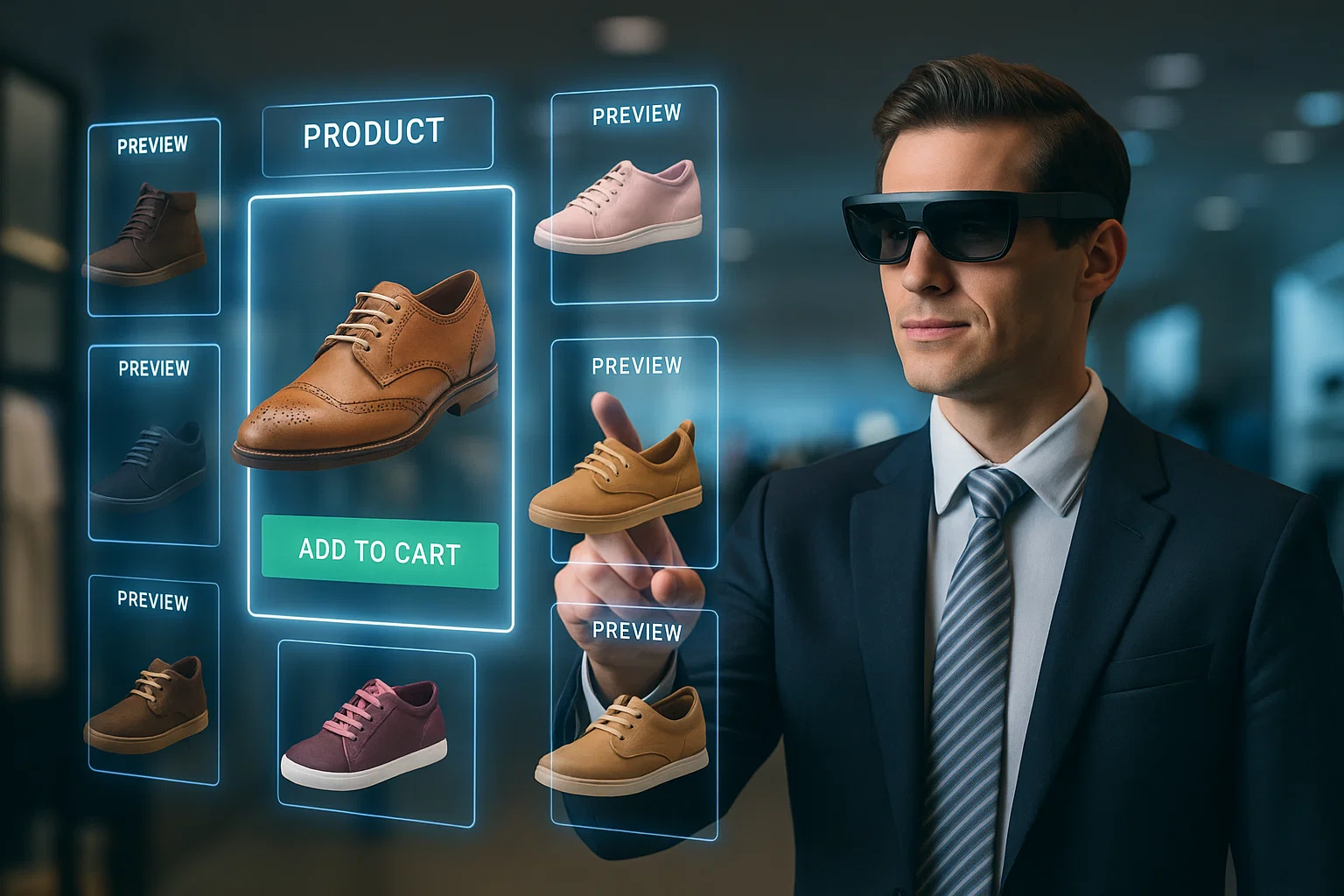
Sensory and Experiential Branding in Search and Ads
Another emerging theme is experiential marketing. Voice, AR and visual tools are changing how people search and shop. Optimising for voice search and voice search queries is becoming just as important as ranking for text-based terms.
In SEO, that means focusing on conversational phrases that mimic how people talk. For PPC, immersive formats like AR try-ons or VR ads give users new ways to engage. These interactive formats create memorable customer interactions and provide brands with a competitive advantage in crowded markets.
Brands investing in these areas also benefit from insights into user behaviour, helping them refine future marketing strategies and deliver more personalised campaigns.
Agile Marketing and Speed of Change
Trends come and go faster than ever. In SEO, algorithm updates from Google can disrupt rankings overnight. An agile marketing strategy is essential for keeping up. This means testing different types of content, analysing customer feedback and being ready to pivot quickly.
In PPC, agility is equally important. Campaigns need to test ad variations, monitor real-time results and adapt based on customer data. Marketers who can act fast and adjust to changing consumer expectations gain an edge over slower competitors.
An agile, data driven approach allows businesses to stay relevant, maintain visibility and seize new opportunities as they arise.

Where SEO and PPC Overlap in 2025
SEO builds authority while PPC buys instant visibility, but in 2025 the overlap is undeniable. PPC data reveals which keywords drive conversions and this informs SEO strategy. Meanwhile, high-quality SEO content can lower PPC costs by improving Quality Scores.
Both rely on understanding the target audience and delivering relevant content that meets consumer expectations. Businesses that align their organic and paid efforts gain better reach, stronger engagement and more efficient results.
This integrated approach also strengthens brand trust, as customers encounter consistent messaging across both organic listings and paid placements.
Real-World Examples of SEO & PPC Adapting to Trends
Consider a retailer that tested product descriptions through PPC ads before applying the winning version to its SEO pages. Click-through rates improved on both fronts, proving the power of integration. Another example is a tech company that paired influencer-driven video content with PPC ads, retargeting anyone who engaged with those clips.
These tactics not only increased conversions but also boosted customer relationships by providing consistent messaging across different channels. They show how modern marketing efforts thrive when paid and organic strategies work together.

What This Means for Small and Medium Businesses
Many SMEs assume advanced marketing technology and influencer partnerships are out of reach, but 2025 proves otherwise. Affordable AI tools, accessible video content production and local SEO strategy make it possible for small businesses to compete with larger ones.
PPC also remains flexible, allowing campaigns to be scaled to any budget. By combining organic growth with targeted ads, SMEs can both attract customers immediately and build long-term visibility.
Strong customer relationships are the backbone of SME success. Collecting customer feedback, understanding customer expectations, while adapting messaging accordingly allows even smaller companies to deliver a personalised experience that wins loyalty.
Future Outlook – Where Are SEO and PPC Heading Next?
Looking ahead, the future of SEO and PPC will be defined by adaptability. SEO will expand into new formats like visual search, voice and AR integration. PPC will lean further into AI, with predictive models not only choosing placements but also shaping ad creatives in real time.
Mobile-first indexing will continue, meaning content must always be optimised for mobile devices. At the same time, location data will play a larger role in personalising search and ad delivery.
These trends suggest that success in the next few years won’t come from chasing quick wins. Instead, businesses must adopt sustainable, long-term marketing strategies that combine technology with authenticity and keep the target audience at the centre of every decision.
To explore how these shifts are reshaping digital strategy globally, check out https://www.searchenginejournal.com/digital-marketing-trend
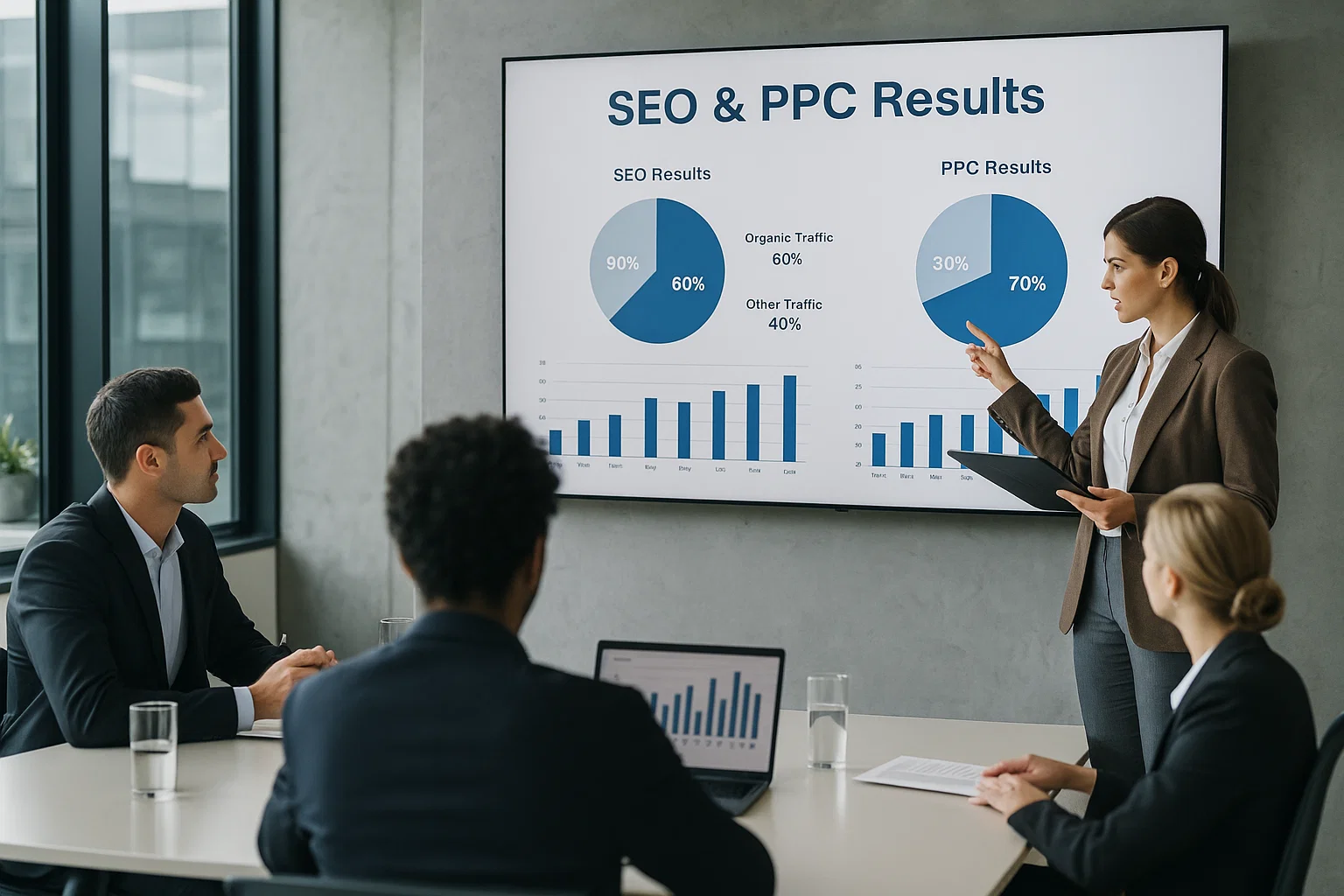
Bringing It All Together
SEO and PPC are no longer separate disciplines but interconnected parts of a single system. The biggest marketing trends 2025 such as AI, influencers, social commerce, sustainability and immersive experiences are reshaping both at once.
To stay ahead, businesses must adopt a data driven approach, integrate their marketing efforts and build campaigns that balance automation with human insight. Those who succeed will gain a lasting competitive advantage, earning trust, visibility and growth.
At Rank Kings, we help companies navigate this changing landscape. Whether it’s refining your SEO strategy, scaling PPC campaigns, or ensuring both align with your brand’s core values, we’re here to guide your growth in 2025 and beyond.
